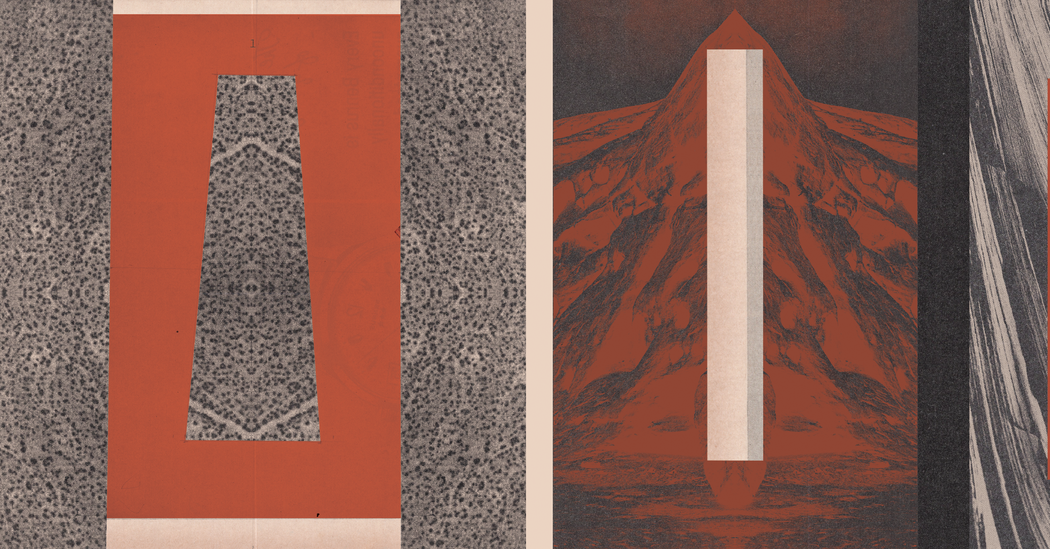A New Theory About the Monolith: We’re the Aliens

The desert of southeastern Utah is a wilderness of flat-topped mesas, jutting buttes and plunging canyons. It is a fantastical landscape, the kind of scenery that pulls your thoughts toward things not quite of this earth. Indigenous people from the region have told stories of deities who formed the mountains by sweeping rocks through a hole in the heavens, and of warrior gods who stomped the topography into existence with their mighty footfalls. Other local legends hold that the desert is haunted by screaming ghosts or stalked by a phantom wolf. The area is known for U.F.O. sightings, and its arid terrain, dotted with crimson sandstone outcroppings, has often been likened to Mars. Since 2001, a group advocating the human settlement of Mars has maintained a research center outside a small town called Hanksville, where crews live for weekslong stretches to simulate habitation on the red planet. The desert is, literally, home to would-be Martians.
Recently, an alien presence of another kind brought this place into the news. On Nov. 18, a Utah Department of Public Safety helicopter crew, flying over public land in San Juan County with a team of biologists to conduct an aerial count of bighorn sheep, spotted an object that, clearly, was not a sheep. The crew landed and went to investigate on foot. What followed is documented in brief cellphone videos. One clip shows workers in green jumpsuits descending a rock formation while a voice chuckles off-camera: “OK, the intrepid explorers go down to investigate the alien life form.” A second video focuses in on the “life form”: a triangular pillar, nearly 10 feet tall, sheathed in metal and held together with rivets.
The site had evidently been chosen with care. The pillar was dramatically situated at the base of a slot canyon, encircled by sheer walls in a geometric arrangement. It looked like the setting for some ancient ritual, or at least the set of a “Star Trek” episode. Framed against the vast desert sky and towering red rocks, the sleek pillar was an intruder from another world, like a sculpture that had fallen off a truck on its way to Art Basel. Was it a work of landscape art? A parody of landscape art? It was well constructed and had been skillfully installed in a neatly cut cavity. The unseen narrator of the D.P.S. videos laughs incredulously: “Who does this kind of stuff?” There’s a hint of unease that mirrors the viewer’s, a suspicion that we are being set up. Even if the pillar isn’t dangerous, it may be a booby trap: a joke, cosmic or otherwise, at our expense.
Add a foreboding soundtrack, and this could be the opening scene of a sci-fi movie, the eerie discovery that sets the plot in motion. That’s more or less what happened: When the D.P.S. announced its discovery on the 20th, the pillar became a sensation. Believers in U.F.O.s insisted that it “fell out of the sky” and aired conspiracy theories about government cover-ups. The government, for its part, winked at the idea of aliens. The D.P.S. referred to the pillar as “the monolith,” an apparent reference to the extraterrestrial structures in Stanley Kubrick’s “2001: A Space Odyssey” — which appear after an astronaut is sucked into a vortex of light that sends him shooting through space-time. The Utah Bureau of Land Management tweeted reminders that using public land this way was “illegal, no matter what planet you are from,” and that the road to the site was “not suitable for most earth-based vehicles.”
*** This article has been archived for your research. The original version from The New York Times can be found here ***


